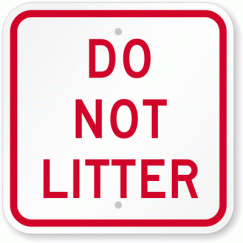Freedom of the Press #11 – Aiding, But Not Abetting
Freedom of the Press #11
Aiding, But Not Abetting
Gary Hunt,
Outpost of Freedom
March 3, 2017 (Coincidental to the presumed authority of Judge Brown’s assumption that she could Order me to answer by this date.)
The government has persistently suggested that I have “aided and abetted” the defendants by exposing informants that were paid by the government to spy on the occupiers of the Malheur National Wildlife Refuge during January 2016. That is only one of the elements that needs to exist before the Court can find me in contempt of court for non-compliance with the Order to remove all prohibited material from my website and any other website.
The other elements include whether I am subject to the Court’s Protective Order, and, if so, do I fall within the jurisdiction of the Court. Currently, the Court has an outstanding Order that I appear and show cause why I should not be held in contempt of court.
Well, as explained in Freedom of the Press #3 – “Contemptuous Postings”, aiding and abetting has a legal definition. That definition can be found in case law as well as legal dictionaries, such as Black’s Law Dictionary, 5th Edition, which states:
Help, assist, or facilitate the commission of a crime, promote the accomplishment thereof, help in advancing or bringing it about, or encourage, counsel, or incite as to its commission.
The case law cited by the government shysters also includes criminal activity as a necessary element. One of the reasons for the Supreme Court decision in New York Times Co. v. United States (Pentagon Papers) was that there was no crime resulting from the disclosure of the classified documents. The Court then upheld, in rather strong terms, the right, even the responsibility, of the press to publish such information.
Key to that decision was an absence of aiding and abetting, since though the exposure of the information was in good faith and brought to light some misdeeds of government, the publication of that material was not criminal, nor did it lead to a criminal act. The person (Daniel Ellsberg) who violated his signed agreement not to disclose the information, committed the only criminal act. The New York Times aided and abetted no one. (See Freedom of the Press #9 – “Prior Restraint”.)
In the Court’s Order (ECF #1691) of January 11, 2017, Judge Brown states:
On this record, therefore, the Court concludes the government has sufficiently demonstrated that Hunt has aided and abetted the dissemination of materials covered by the Protective Order, and, therefore, the Court GRANTS in part the government’s Motion (#1680) to Enforce Protective Order as follows:
Using her judicial discretion (See Freedom of the Press #7 – “Judicial Discretion” and Tyranny), she has determined that there is no party that I aided, since that party is unnamed. She has also made the dissemination of materials a criminal act, though I, similar to the New York Times, am not subject to the Protective Order.
Continue reading ‘Freedom of the Press #11 – Aiding, But Not Abetting’ »










